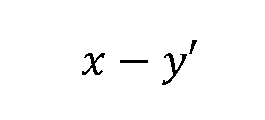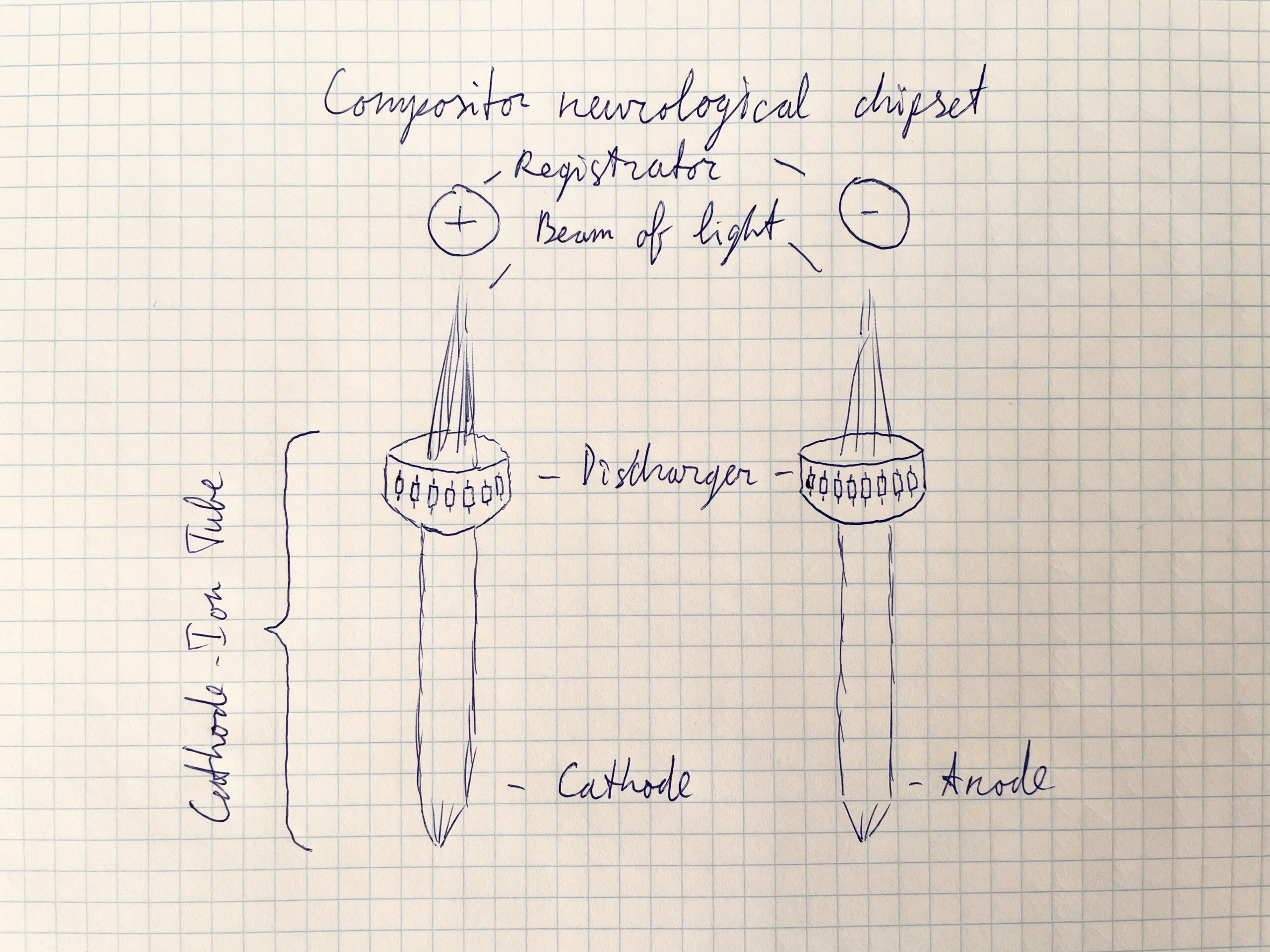RAD24 vector solution to FM problem
During the initial testing of rotator function there was a conclusion that both channel vectors were pointing too far apart in different directions, which makes them remotely disconnected. The solution came to put a vector from point A into the point B from left channel to the right one. This way I straighten the function ends with an arm consisting of 4 Butterworth bandpass filters of 8th order. The implementation is to put signal from point A (left channel) through the parallel injection into the point B (right channel). It makes the work of rotator function attached to the right channel output. The rotator function is a solution to FM function, which is the positive function of FM formulae.

This solution mixes both vectors by applying the mixing function. The left channel mix is at the right channel destination by applying this function. Because the only useful signal for me resides in the left channel, I will add up the left channel routines to the right channel. This way right channel tracks the opposite channel, but can’t perform any influence on its output. STL1212 solution performed many obstacles during ether initiation and aggregation. While in STL1212 the vectors are pointing apart, I made this solution into another software product, which name is RAD24. RAD24 is classified as an outdoor radio as this solution helps to overcome barriers of convenient radio-relay structures such as indoor units (IDU) and outdoor units (ODU). The solution helps to run the outdoor radio inside ones apartment or studio. The intertwining of two channels by parallel injection of left channel into the right channel helps to gather more injections and accumulate their connections. This way I learn the system to differentiate copyright injections into media material and not to inject them every time the copyrighted material is broadcasted. From one side, it removes distraction, from the other side, it drastically enhances the CPU usage, decreasing page loading times when web browsing. This solution imitates the work of IDU and has a simple 4-beam antenna at the function ends, which emulates the work of ODU.

The output function not only smoothies the output of the system, it melts the internal architecture lines into a mixing event. It means that using the non-duplex modem you have a better ether coverage and protection over the communication line. This way aggregating will be a task of dynamic buffer. During the initial compilation a size of about 4.5GB RAM is executed for the server work. This size could be used all or partially, if there is not enough dynamic memory. While server can aggregate connections by the closed loop structure, it can also loose such connections if ether is no longer excited by the loop structure. To excite the ether with a loop, you should switch such loops frequently as in Compositor v6 and Compositor v7 Hypervisor software. Randomly switching of the loops brings results that are more useful. It creates wavetable rows without human interaction. The outbound connections to the server are possible through the STL1212 bundled version of Compositor v7 Hypervisor. You accumulate the remote server with wavetables first, aggregating the line and then, when a critical capacity reached, you grab the wavetables out of the server by non-duplex modem use. This way you aggregate the ether, when you return these wavetables by injecting them with full-duplex modem in real-time. The other strategy is not to grab the wavetables but constantly accumulate them expanding the buffer size over the 4.5GB buffer length limit. In case that one server reached its full capacity, the other server is initiated on another physical hard drive of the same machine. To hold more than 8 real-time cores, two or more virtual machines are needed. When two virtual machines consume the same amount of memory in a working set, they communicate equally with the same amount of buffers involved. The pair of function with vector arm merging both channels. This pair helps to connect RAD24 virtual machines with each other. The previous solution of STL1212 can’t equally balance the virtual machines usage and has communication problems, when two or more virtual machines initiated from one computer. The RAD24, on the other hand, not only communicates with the second virtual machine, it aggregates the buffer dynamically struggling for resources. It gives the properties of a physical server to RAD24 with web address and other tunneling properties. The fact that RAD24 is an OS development brings more value to Compositor core protecting the inner communications. To work with the core, a new kind of interface should be done with three-dimensional control over the modulator functions leading to new player injections. The later seems as an abuse because to progress, this kernel doesn’t need more injections. The whole set of injections was performed during 4.45GHz testing of the system. RAD24 works now at 8.9GHz doubling the server’s capacity.
